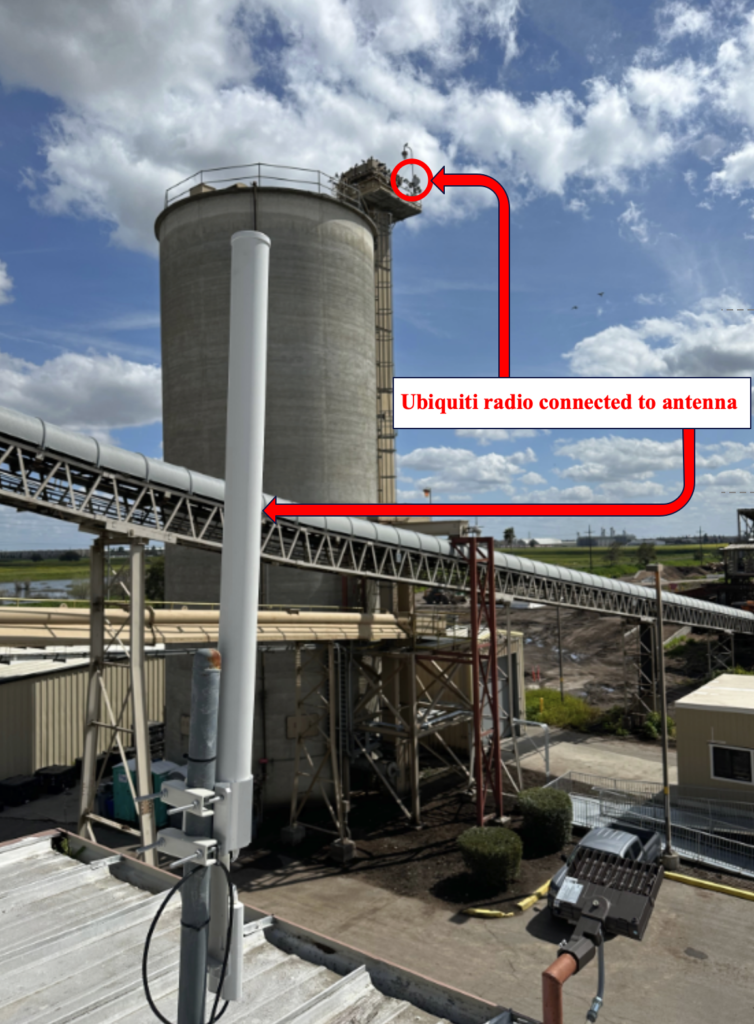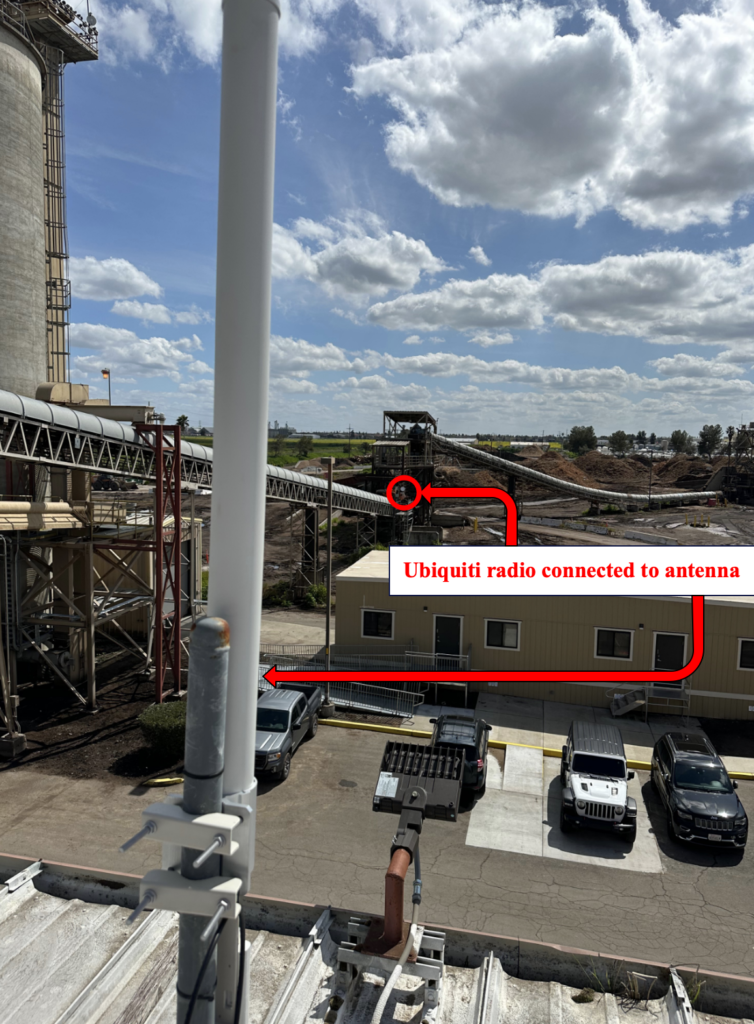the engine of woodland

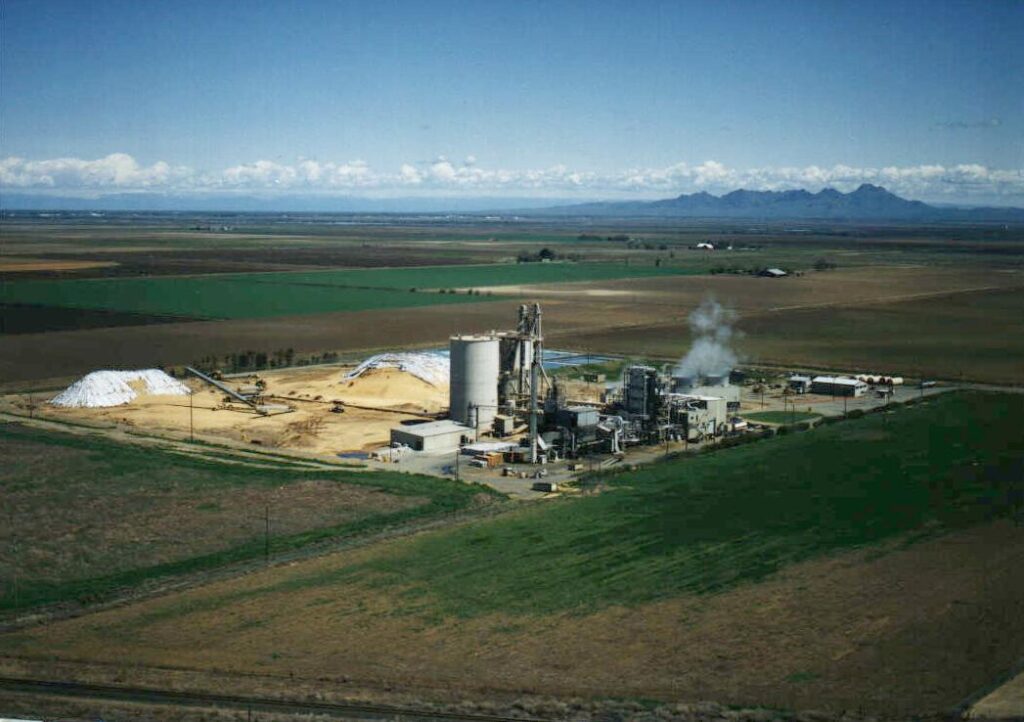

The Woodland Biomass Power Plant produces up to 25 Mega-Watts of energy and provides electricity for over 25,000 homes. This all renewable energy plant is fueled with wood chips, urban wood waste, and agricultural waste like nuts shells and fruit pits. Since 1989, Woodland Biomass Power has utilized 50,000 tons of waste to create renewable energy! Now, our partners at Woodland Biomass are equipped with Speco cameras, Ubiquiti products, and custom installations!
Why ubiquiti
Upon inquiry for camera upgrades, the Workman team advised Biomass to consider Ubiquiti Inc. equipment for an extended camera network. Ubiquiti Inc. makes wireless networking products that utilize an unlicensed radio frequency. This is ideal for bigger properties that need reliable network speeds ran throughout the facility. Ubiquiti has options for radios, antennas, and management tools that provide carrier-class performances. Due to their quality and reliability, Ubiquiti has become one of the most desired products in the low-voltage industry!


Since Ubiquiti is known for their wireless equipment, we knew their products would be the perfect fit for the Biomass property. These wireless antennas can reach as far as 1 mile while providing 360-degree coverage. In order to utilize the antenna’s Line-of-Sight (LoS) application, the Workman team programmed the antenna to communicate with different radio locations. Once programmed, these antennas act as an invisible CAT6 cable – allowing applications like security cameras and radios to connect to faster ethernet speeds. Our technicians mounted the antenna to a central location, then mounted (3) radios around the facility.
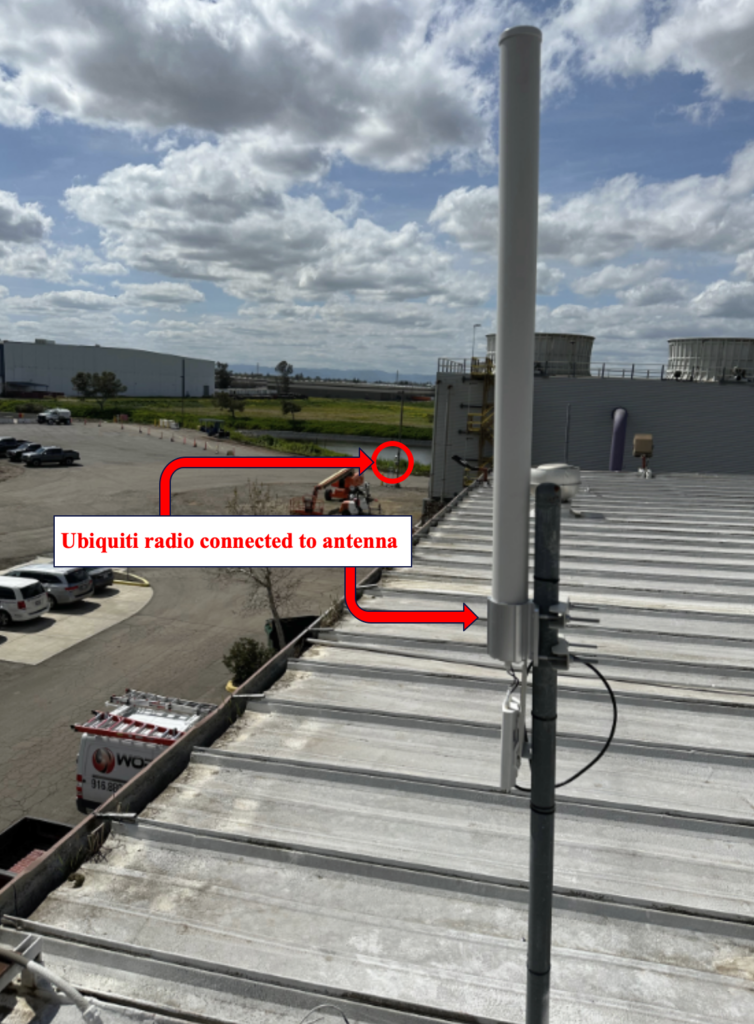

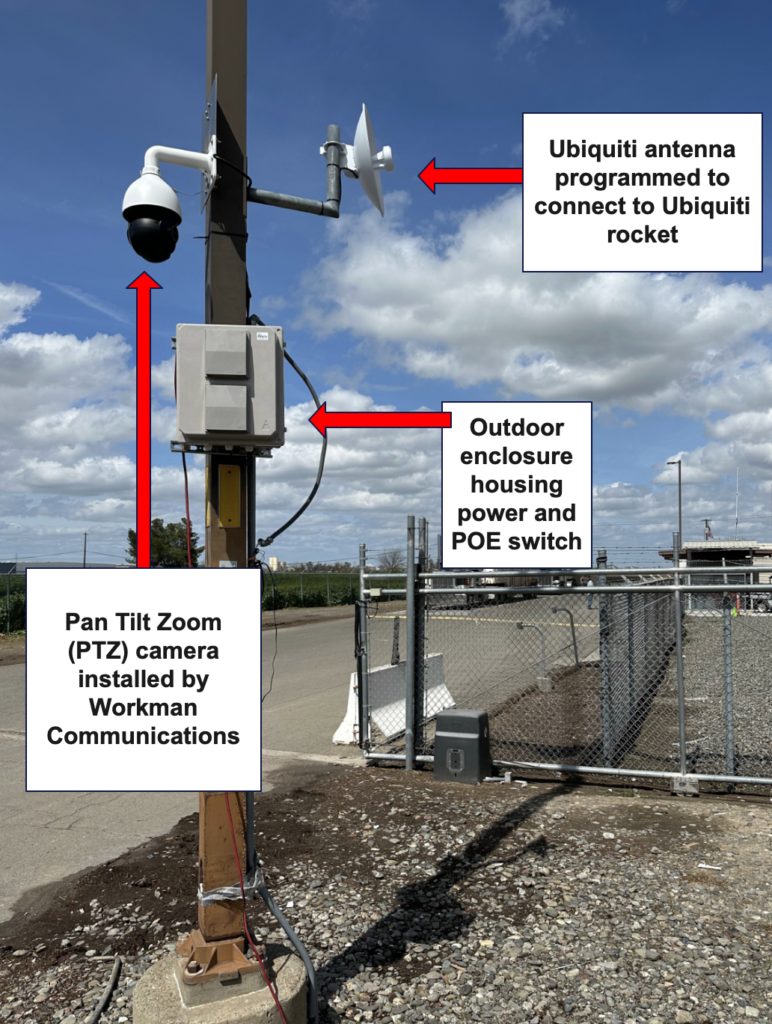

These radio locations will allow internet connectivity to their existing Speco technology security cameras. Our final task was connecting the existing security cameras to the network. Since the Ubiquiti antennas provide a new ethernet speed, the cameras had to be reconnected. Once this was complete the Workman Team configured the cameras to the customer’s standards. To do this, the team had to change the network settings to allow the computer to communicate with the cameras and receive video playback.
We hope you enjoyed this week’s blog, tune in next time to see what we install next!
